July 2018 Ideas and Innovation
Read the articles selected in July 2018
There’s water on Mars! Signs of buried lake tantalize scientists
By Alexandra Witze
Source: Nature, 25 July
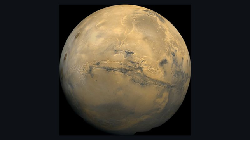
Spacecraft have spotted ice in many locations of Mars, as signs of past life, but this first finding of liquid water, reported on Science by a team of Italian researchers led by Roberto Orosei, could mean, if confirmed, that there is still life on the planet.
Read more:
https://www.nature.com/articles/d41586-018-05795-6
Science insurgents plot a climate model driven by artificial intelligence
By Paul Voosen
Source: Science, 26 July
The Earth Machine is a project for a new climate model able to harness small-scale phenomena such as the cloud formation, re-elaborated by artificial intelligence, to beat the uncertainty over how precisely and quickly temperatures will rise because of the greenhouse gas emissions.
Read more:
“Wake-up call” jolts Facebook shares di Craig Timberg & Elizabeth Dwoskin
Source: The Washington Post, 27 July
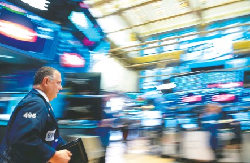
A privacy wake-up among investors and users after the strict regulatory regime imposed by the European Union in May has hit Facebook shares in Wall Street. The public pressure for stricter privacy protections could have cascade effects on other big technology giants such as Twitter and Google.
Fear of dystopia should not blind us to the huge potential of gene editing
By Kenan Malik
Source: The Observer Domestic, 22 July
In the 40th birthdate of the first IVF baby, the fears raised by the gene editing techniques remember the nightmares elaborated with the discovery of the IVF. It’s highly improbable a eu-genetic rather than a therapeutic use of CRISPR methods, and the real problems prospected are not ethical.
3D image reveals hidden neurons in fruit fly brain
By Jeremy Rehm
Source: Nature, 19 July
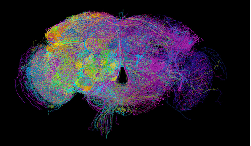
A study published in Cell reveals new neurons in the brain of a fruit fly, which researchers have sectioned and scanned in 21 million images, in the hope to identify through these data all the neurons linked with a particular behavior.
Read more:
https://www.nature.com/articles/d41586-018-05782-x
Au milieu du CERN
By Julie Henoch
Source: Le Temps, 20 July
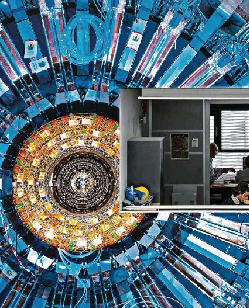
The CERN is the fortress of the imagination, space where is the heaviest technology ever realized and where circulate theories and they search for objects that are not in the concrete reality, neither have a future utility, but that join States in the research about the matter of nature.
Sur la piste d’une personnalisation des traitements par immunothérapie
By Anne-Laure Lebrun
Source: Le Figaro, 20 July
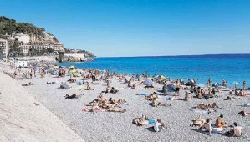
A study published in Science Translational Medicine explains the individual response of patients affected by melanoma to the immunotherapies, that offer effective results but have toxic effects. This allows to tailor the treatments to the tumor and the single immunity system.
Los pacientes de cáncer que usan pseudoterapías duplican su riesgo de morir
By Javier Salas
Source: El País, 20 July
After the journal JAMA, not only to substitute the medical treatment of cancer with pseudo therapies but also to integrate the clinical therapy which has proved to be effective with not acknowledged techniques and products duplicates the risk of death.
The right diet can boost potency of cancer drugs
di Heidi Ledford
Fonte: Nature, 11 Luglio
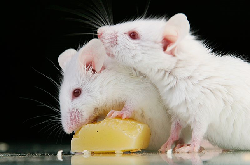
Two recent studies show that diet can influence a tumor’s metabolism, making possible less toxic chemotherapies. It remains to be determined if and how much a diet works well for every patient since the individual metabolism is quite subjective.
Read more:
https://www.nature.com/articles/d41586-018-05694-w
La matemática de la vida
By Núria Jar
Source: La Vanguardia, 8 July
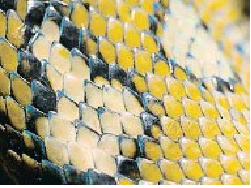
The discoverer of the Enigma Code had a passion for natural sciences. In one of his last articles, Alan Turing used his equations to explain the development of the form in the living beings from a unique cell. Today his formulas inspire synthetic biology.
Le numérique, outil d’inclusion sociale
Source: Le Figaro, 9 July
The increasing inequalities and social as well material marginalization as the effect of the digital revolution is a concrete problem and risk unless through targeted policies and funding we don’t harness the digital as a tool of social inclusion.
The way people walk can be used for ID and health checks
Source: The Economist, 12 July

Researchers are trying to translating people’s gaits in unique patterns, through pressure-sensitive systems elaborated by artificial intelligence, that can be used as codes for the personal identification or as diagnostic help in the healthcare.
Read more:
La UE debate la reforma del derecho de autor
By Tommaso Koch
Source: El País, 5 July
The reform of the author’s right isn’t finding an agreement between the European parliamentarians. If on one side it improves the protection of creators of works and editors of journals from the Internet giants, on the other side they fear to kill the spirit of the Internet, which has so imprinted our civilization.
The labs growing human embryos for longer than ever before
By Helen Shen
Source: Nature, 4 July
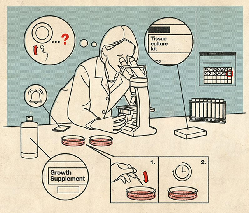
With a culture system, researchers can grow human embryos for 12-13 days outside of the maternal body, to shed light on the key early processes of human development and the causes of pregnancy loss and birth defects. This improved knowledge is raising cogent ethical questions.
Read more:
https://www.nature.com/articles/d41586-018-05586-z
Plan to amend biopiracy rules would “smother research”, biologists warn
By Kai Kupferschmidt
Source: Science, 3 July
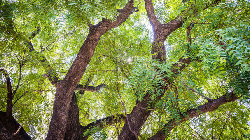
The proposed extension of the Nagoya Protocol to sequence information on organisms, to protect the sovereignty of developing countries on their biodiversity, raises concerns among scientists, given the importance of genes sequences obtained from plants or animals against pandemics and for research.
Read more:
L’espace, clé de la puissance européenne
Source: Le Figaro, 4 July
The growth of Europe in the space race depends on what the Member States are willing to give up in terms of geographical return of their efforts. To the wave of the “New Space”, Europe should counterpose a will all the more determined and united and promote the collaboration between the public and the private sectors.
Personalised machine learning for robot perception of affect and engagement in autism therapy
By O.Rudovic, J. Lee, M.Dai, B. Schuller, R.W. Picard
Source: Science, 27 June
Robots can be used to engage with autistic children in interactive activities that integrate the help of therapists. The latest advances in deep learning allow to developing a machine language tailored to the individual characteristics and the environment of each child.
Read more:
http://robotics.sciencemag.org/content/3/19/eaao6760/tab-pdf
Computer algorithms can test the dodginess of published results
Source: The Economist, 16 June
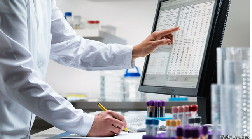
Researchers have created algorithms to spot manipulations of data presented in a published paper in order to achieve the desired result. They will help science to become more open.
Read more:
The first clear evidence of a sense of magnetism in insects
Source: The Economist, 21 June
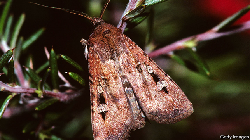
A study published in Current biology explains how insects can find their way in their 1000 Km. journeys. An experiment on moths suggests that, like birds, they use the Earth’s magnetic field to navigate, and have also a visual orientation.
Read more:
Mysterious interstellar visitor is a comet-not an asteroid
By Alexandra Witze
Source: Nature, 27 June
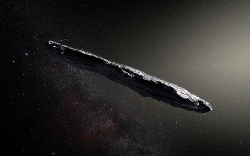
A team of astronomers led by Marco Micheli of the European Space Agency in Frascati, Italy, has calculated the composition of Oumuamua, a spatial object come from beyond the Solar system. Identified once as an asteroid, it has turned out to be a comet.
Read more:
Info
-
Pubblicato il :
10/09/2018
Modificato il : 04/04/2019
Allegati
- Fear of dystopia should not blind us to the huge potential of gene editing pdf
- “Wake-up call” jolts Facebook shares pdf
- Los pacientes de cáncer que usan pseudoterapías duplican su riesgo de morir pdf
- Sur la piste d’une personnalisation des traitements par immunothérapie pdf
- Au milieu du CERN pdf
- Le numérique, outil d’inclusion sociale pdf
- La matemática de la vida pdf
- L'espace, clé de la puissance européenne pdf
- La UE debate la reforma del derecho de autor pdf

